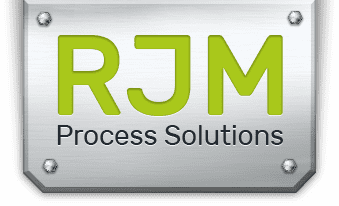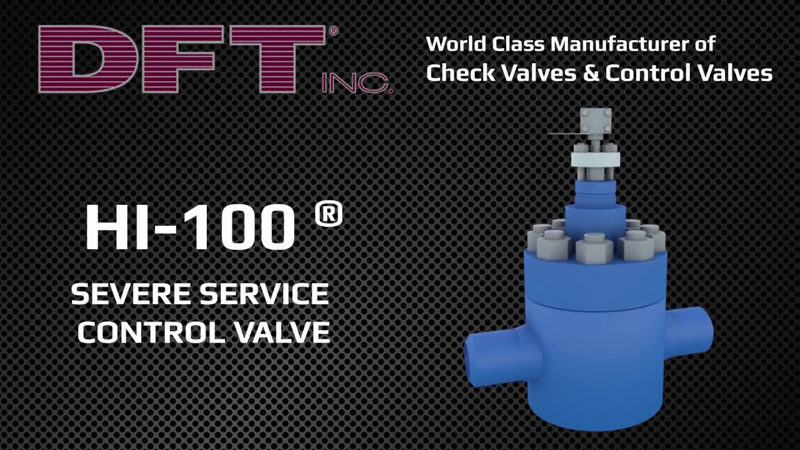Today’s power generating plants face two major factors: reduced maintenance budgets and competition from renewable energy.
Maintenance budgets are tight, often forcing managers to put off problems that really require serious attention. The increasing popularity of renewable energy sources is diminishing the demand for traditional fossil power generation. As a result, plants are regularly operating below intended capacity or coming off line.
Base-loaded fossil power plants operating at reduced generating capacity or become cycling units places heavy demand on control valves in ways they may not have been designed to operate. When control valves operate below their intended capacity they operate closer to their sealing surfaces then intended.
This reduced flow rate greatly increases the velocity within the valve and increases potential erosion. This is especially true on Feedwater and Boiler Feedwater Pump recirculation control valves. Plant managers can begin minimizing control valve seat erosion and reducing subsequent maintenance costs by reviewing sizing of control valve internal trim.
Trending data is excellent for determining actual operational conditions versus what was recommended in the valve specifications.
Control valves are designed with the following factors in mind:
- Fluid type
- Upstream pressure
- Downstream pressure
- Flow rate
- Temperature
Next, plant engineers, procurement, and maintenance planners should understand where the control valves should operate within the facility:
- Less than 10% open should be avoided since the valve will wear quickly.
- Plan to keep the range of control valve operation between 20% and 80% open.
If trending information on the valve is available, managers can quickly see if they are operating within the proper range. If not, they can provide the control valve manufacturer with new operational conditions and request suggestions on improving low flow performance.
The Solution
The takeaway is an oversized control valve will ultimately wear more quickly under lower than designed flow conditions. Plant managers can prevent erosion and limit maintenance spending by reviewing and possibly changing the control valve’s sizing.
This can be done in one of two ways:
1. Replace the internal valve trim with the proper size for new operating conditions, or
2. Downsize to a smaller valve.
While a full control valve replacement is more expensive than a trim replacement, both solutions deliver significant long-term maintenance and operating savings.
DFT®’s HI-100® is a competitively priced severe service control valve with a low total cost of ownership. With robust features designed for long service life, the HI-100® will help keep a plant’s maintenance budget in line.
Blog Author – Lou Sprecher DFT – Control Valve Sales Manager
RJM Process Solutions – Industrial Supply Distributor Michigan – your partner in reliable in engineering solutions and offering quick turnaround & competitive prices for high quality industrial control products. With over 30 years of experience and a comprehensive knowledge of the industry, RJM Process Solutions has become a leading provider of industrial control products.

